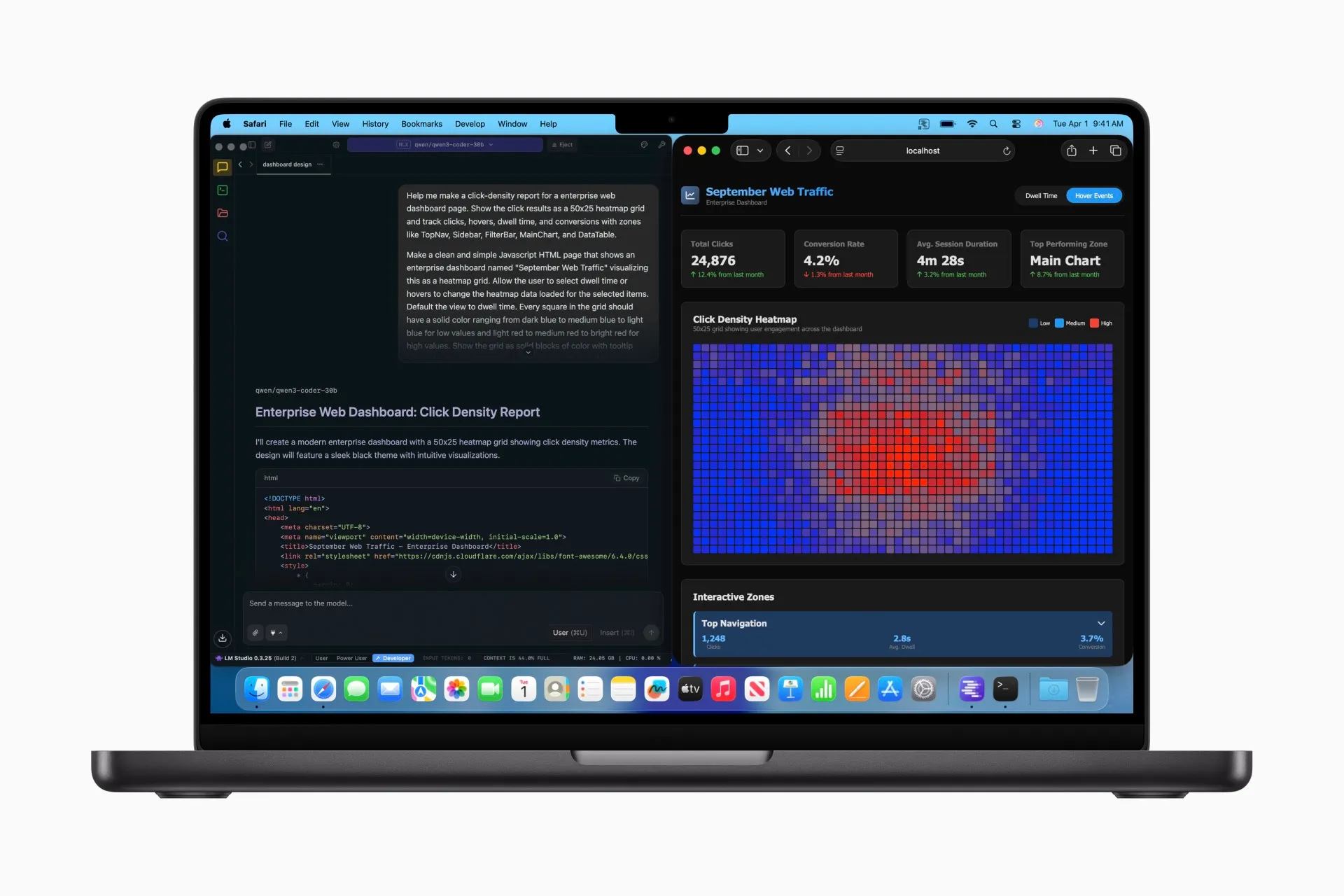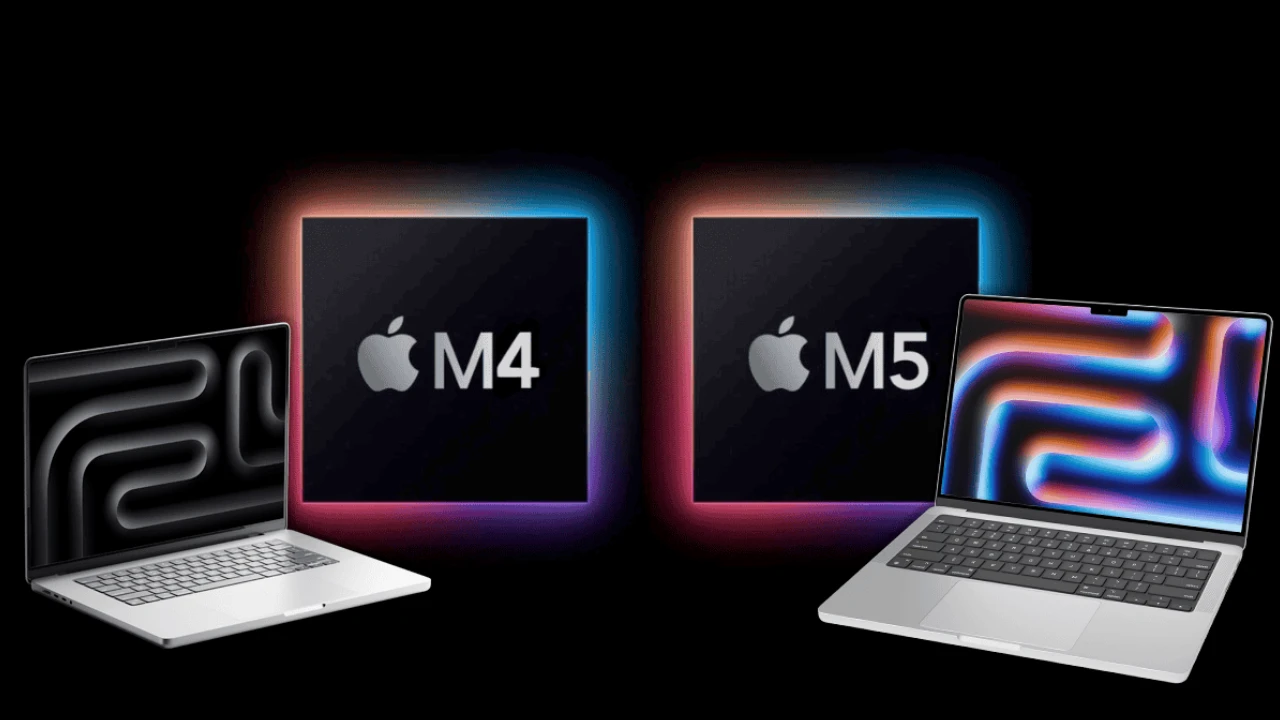Apple’s new M5 chip stands out with its performance. The M5 has made a significant leap forward in artificial intelligence (AI) and machine learning (ML) tasks compared to the M4. It stands out with 27.5% more memory bandwidth and a four-times more powerful GPU. So, what does the M5 offer? Let’s take a look at the details.
How does the M5 chip performance differ in AI and ML?
The M5 revolutionizes AI and ML tasks thanks to its new Neural Accelerators. Time to First Token (LLM) is 3.6 times faster than the M4. Video development in Topaz Video is 1.8 times faster, ray tracing rendering in Blender is 1.7 times faster, and AI-assisted speech development in Premiere Pro is 2.9 times faster. Additionally, the 16-core Neural Engine powers ML tasks.
The M5 offers 153GB/s of memory bandwidth, a 27.5% increase over the M4’s 120GB/s. It provides a speed boost, particularly for productive AI tasks. Therefore, a significant performance increase is seen in intensive workflows.

The M5’s GPU delivers four times the peak performance compared to the M4. Its third-generation ray tracing engine and improved graphics capabilities provide up to a 45% performance increase. However, Apple hasn’t shared details of these capabilities. These features make a difference in graphics-intensive applications.
The M5 has a 10-core CPU with six efficiency and four performance cores. Apple claims the new performance cores are the “world’s fastest.” Multi-threading performance is 15% better than the M4. It also uses TSMC’s third-generation 3nm process. The 14-inch MacBook Pro also includes a 4TB storage option.
So, what are your thoughts on the M5 chip’s performance? Are you considering a new MacBook Pro or iPad Pro? Share your thoughts with us in the comments!













